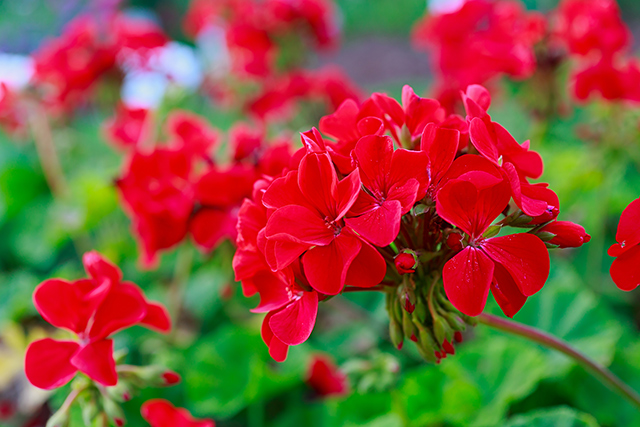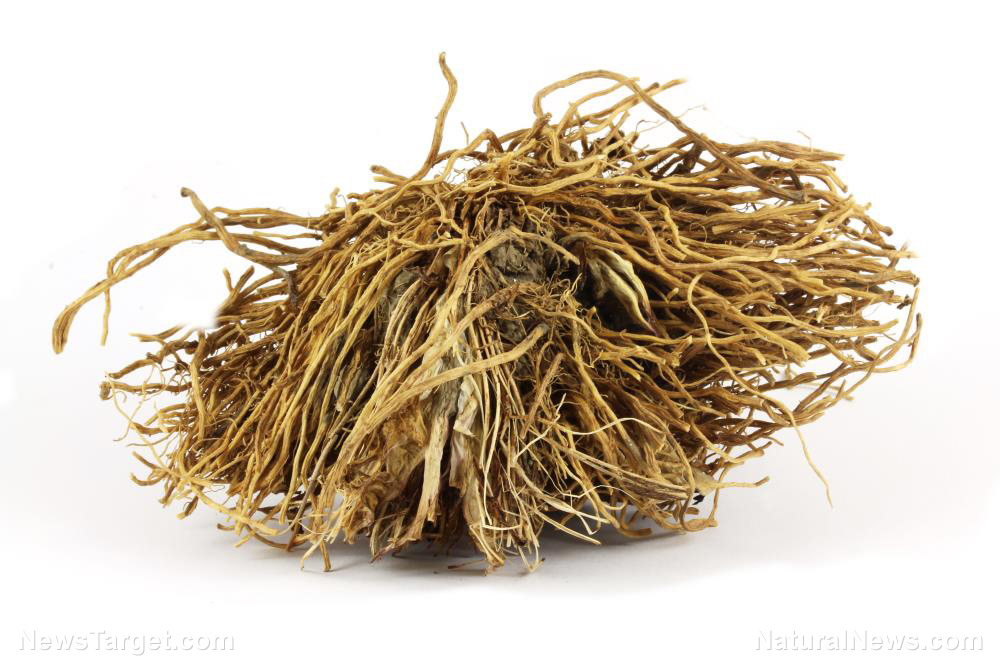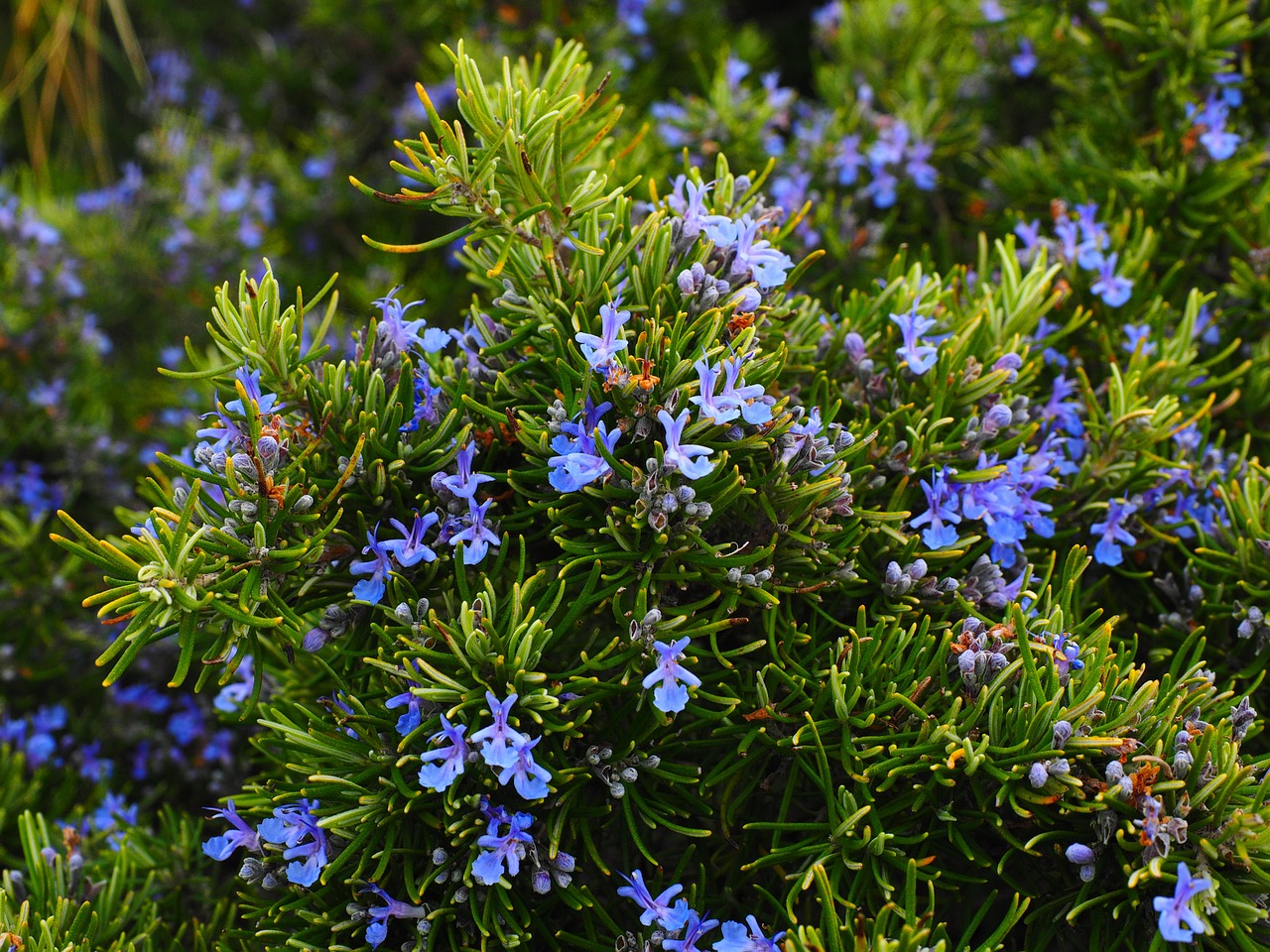Essential oils provide a natural way to reduce crop diseases
10/05/2018 / By Edsel Cook

Essential oils are being thoroughly studied for their numerous benefits on human health. But they are also capable of protecting plants from fungal diseases that would ruin entire crops. Brazilian researchers investigated the anti-fungal activity of essential oils from 17 different plants against Sclerotinia sclerotiorum, the fungus that causes white mold.
White mold is also known as white rot of the stem. The fungal disease causes severe damage to beans, potatoes, soybeans, and tomatoes, which are important food crops that are grown in Brazil and the rest of the world.
It is caused by the soil fungus S. sclerotiorum. The mold produces millions of spores that are released through the air. Once they enter the soil, the spores grow into fungi that contaminate healthy plants.
Farmers generally use expensive chemical fungicides to keep the fungus out of their fields. However, S. sclerotiorum is very sturdy and resists this treatment. Fungicides are also toxic to humans.
Some plants produce natural substances that protect them from pathogenic fungi. Essential oils are counted among these secondary metabolites that serve as natural antifungals. They are known to damage the cell membranes of pathogens. (Related: Essential oils found to be effective fumigants against the pulse beetle, a pest common in chickpeas, lentils and other legumes.)
A who’s who of essential oils lineup for anti-fungal testing
Researchers from the Federal Technological University of Paraná (UTFPR) extracted essential oils from the following plants:
- Bay laurel (Laurus nobilis)
- Broadleaved pepper tree (Schinus terebinthifolius)
- Clove (Syzygium aromaticum)
- Common guava (Psidium guajava)
- Ginger (Zingiber officinale)
- Guaçatonga (Casearia sylvestris)
- Jointed flatsedge (Cyperus articulatus)
- Lemongrass (Cymbopogon citratus)
- Lemon-scented gum (Eucalyptus Citriodora)
- Mandarin orange (Citrus reticulate)
- Mugwort (Artemisia vulgaris)
- Oleo tea tree (Melaleuca alternifólia)
- Persian lime (Citrus latifolia)
- Pitanga (Eugenia uniflora)
- Sweet orange (Citrus sinensis)
- Thyme (Thymus vulgaris)
- True cinnamon (Cinnamomum zeylanicum)
They tested each essential oil in two ways. First, they evaluated the inhibitory effects of the oil on myceliogenic germination, the ability of a fungus to increase its size by producing vegetative mycelia. This lets the fungus spread across a plant.
Next, they tested the essential oil’s effect on carpogenic germination. This is the ability to grow apothecia, structures that bear and release reproductive spores. The spores let the fungus spread across large areas to find fertile new soil for contamination.
An effective fungicidal needed to hamper both of these forms of fungal germination in order to truly arrest the spread of white mold.
Essential oils offer natural means of preventing white mold disease
The UTFPR researchers reported that all 17 essential oils were able to effectively inhibit myceliogenic germination. They prevented the S. sclerotiorum fungus from growing the apothecia structures that would bear and release the spores it used to spread.
Furthermore, the essential oils of the bay laurel, broadleaved pepper tree, ginger, jointed flatsedge, lemon grass, lemon-scented gum, mugwort, Persian lime, pitanga, thyme, and true cinnamon were very efficient at inhibiting myceliogenic germination. By delaying the sexual reproduction of the fungus, the oils can reduce or even prevent the spread of the disease in individual plants.
The primary components of these oils can trigger aggressive stimuli in the cell structures of the fungus. They can break down the cell walls of the fungus, which eventually causes the pathogenic cells to die. The researchers believe that the secondary components may also be able to achieve these fungicidal effects.
The researchers conclude that these essential oils could serve as natural and affordable means of controlling destructive fungal diseases like white mold. The oils can reduce the need for chemical treatment, which in turn prevents the development of fungicide-resistant pathogens.
To learn more about how bay laurel, lemongrass, and cinnamon can protect your crops from fungal diseases like white rot, browse EssentialOils.news.
Sources include:
AJBASWeb.com [PDF]
Tagged Under: agriculture, Anti-fungal, bio-fungicide, crop disease, crops, essential oils, fungicides, harvest, mold, Natural Alternatives, plant diseases

















